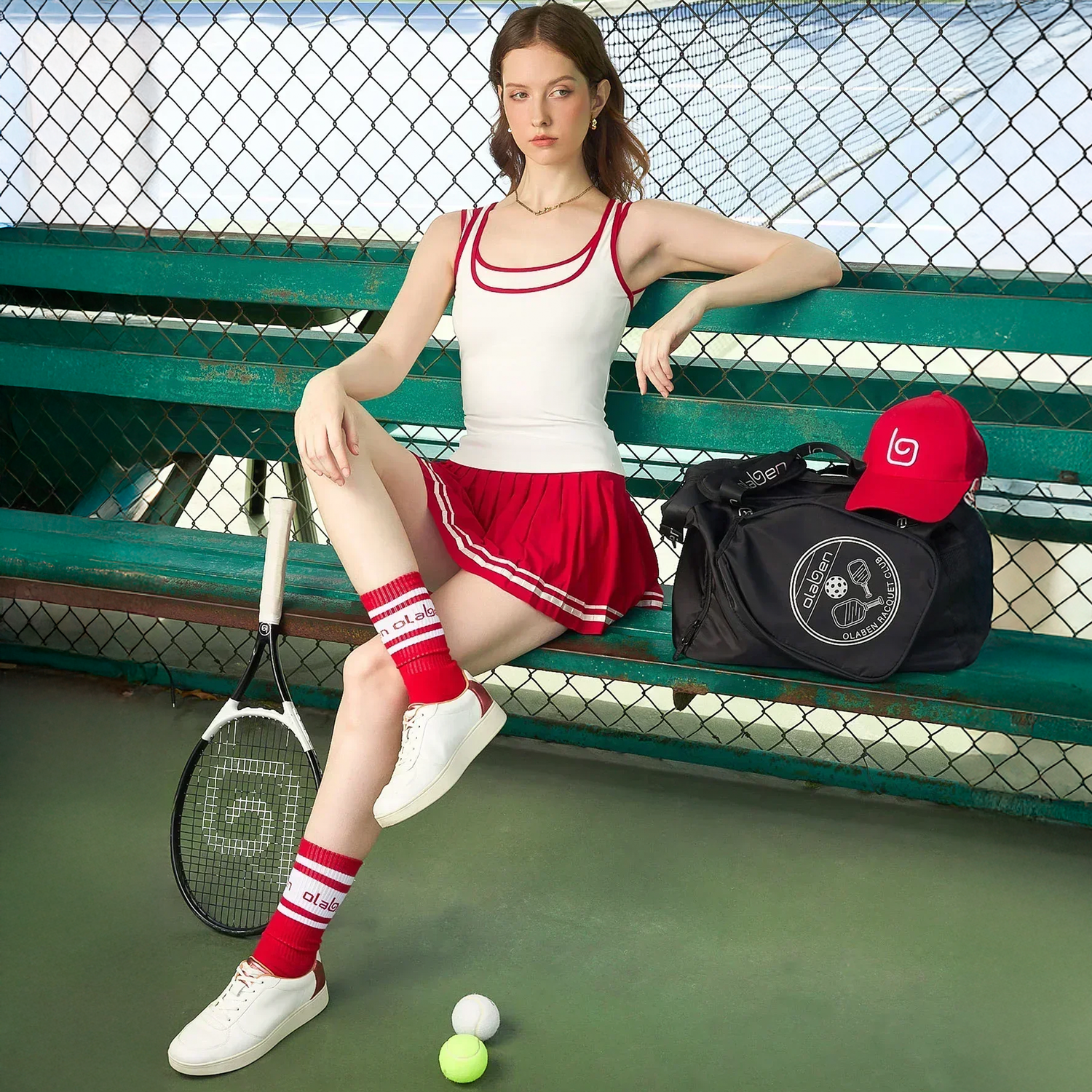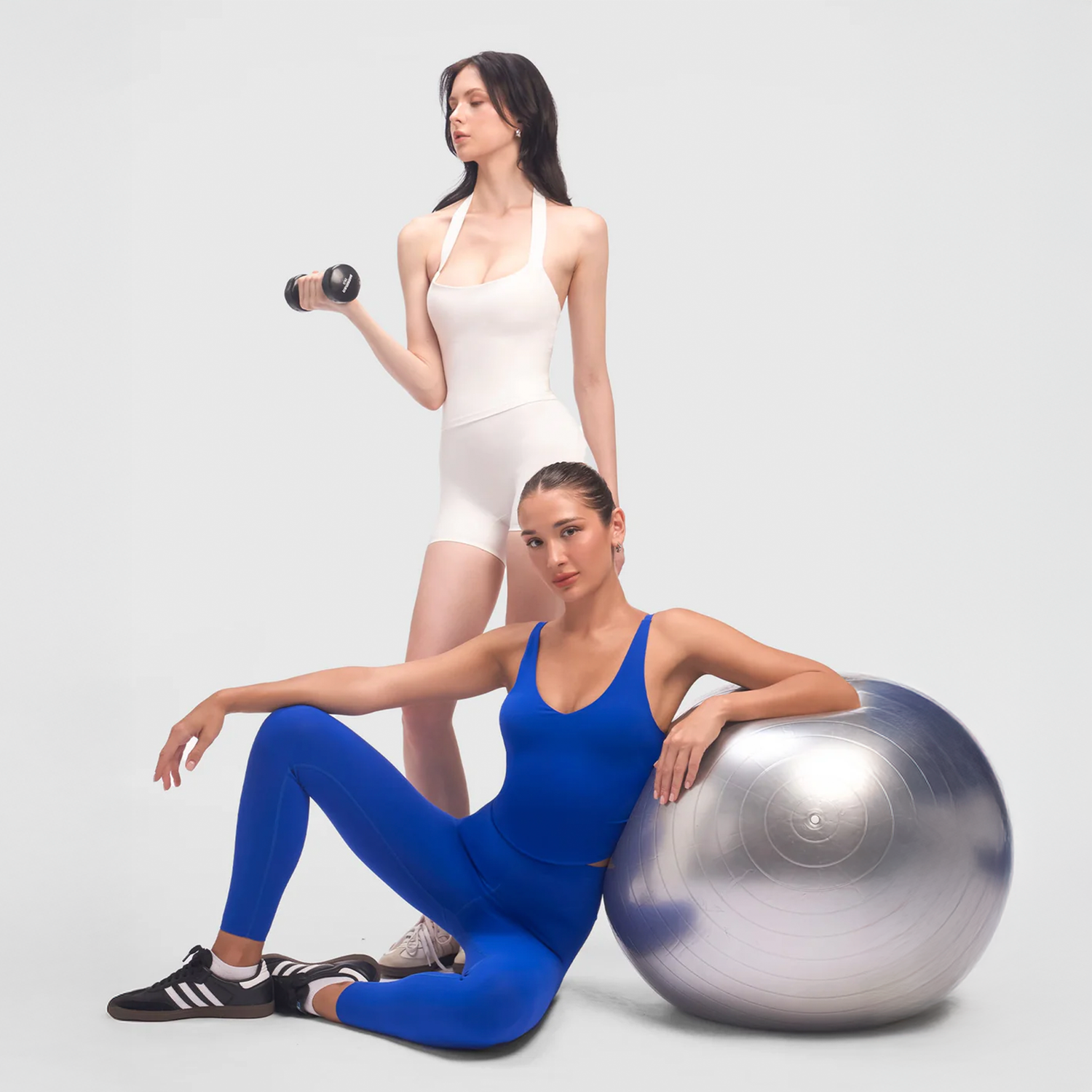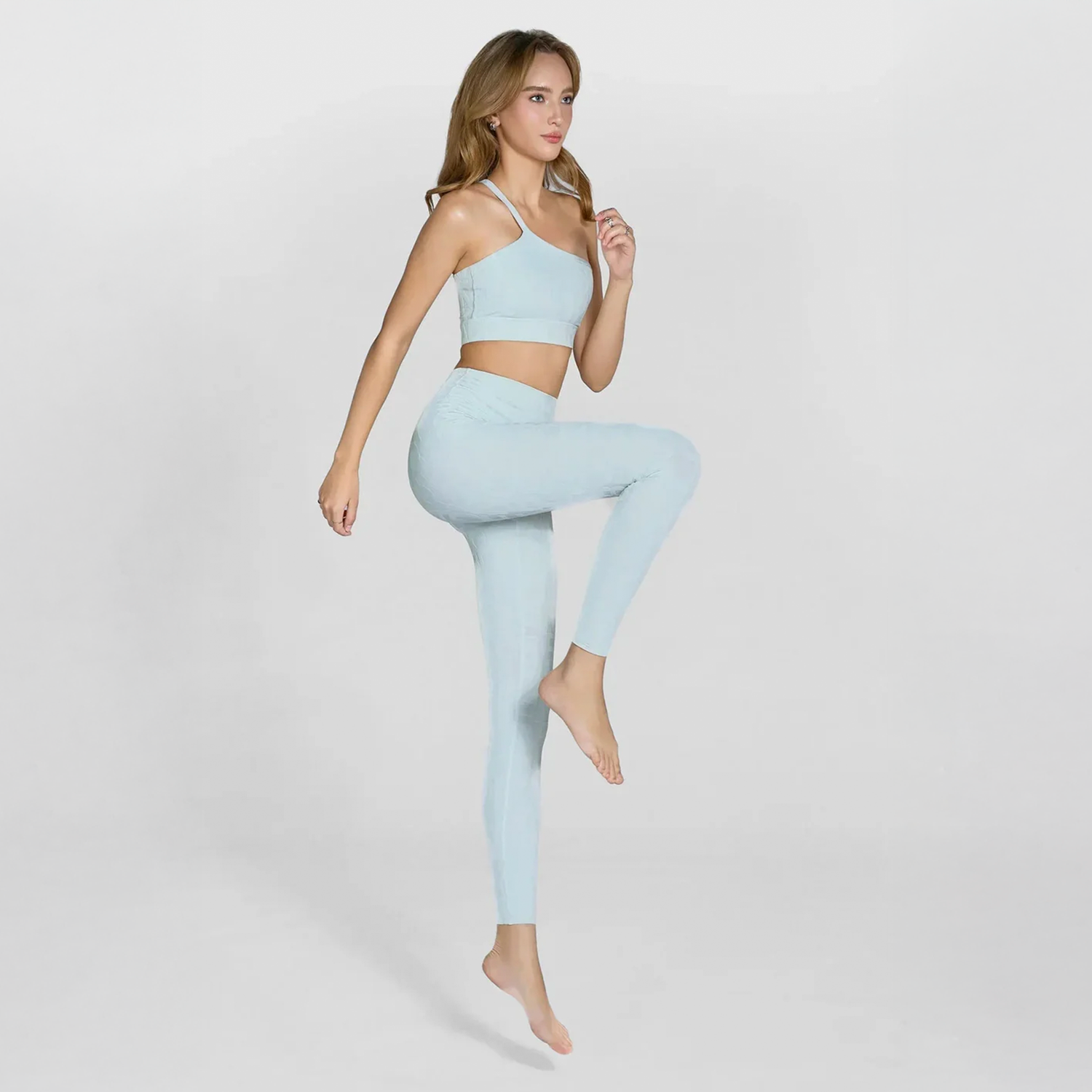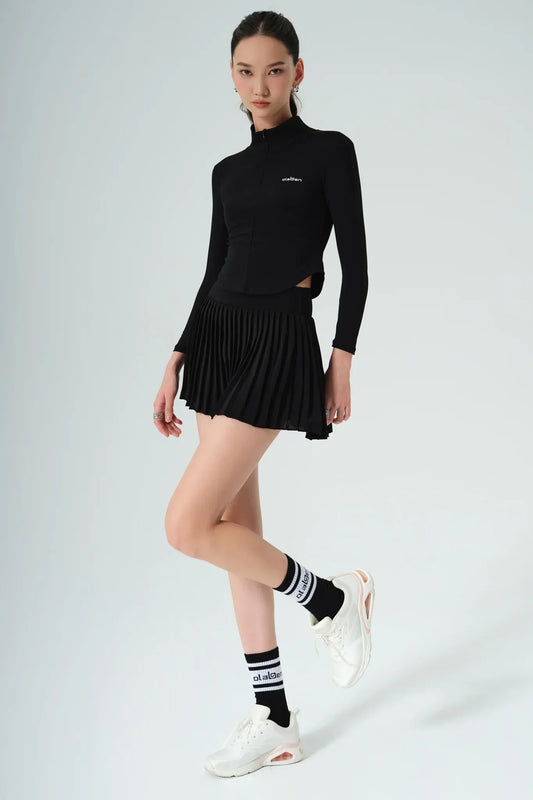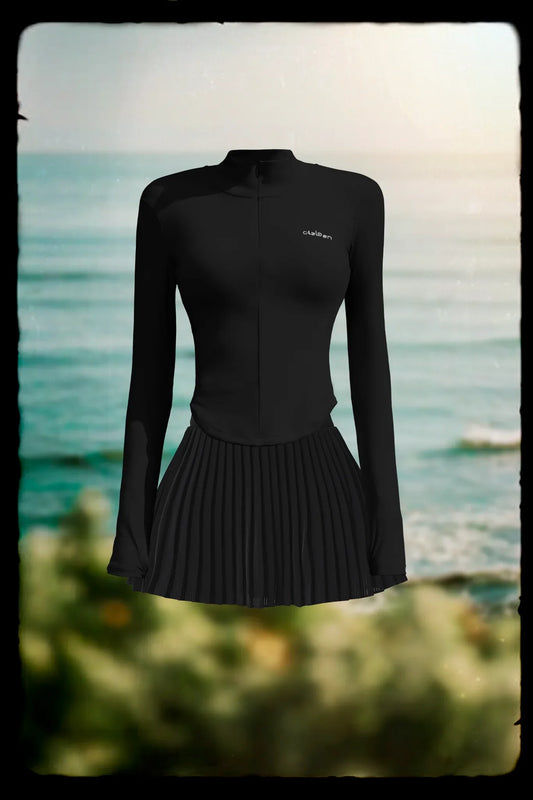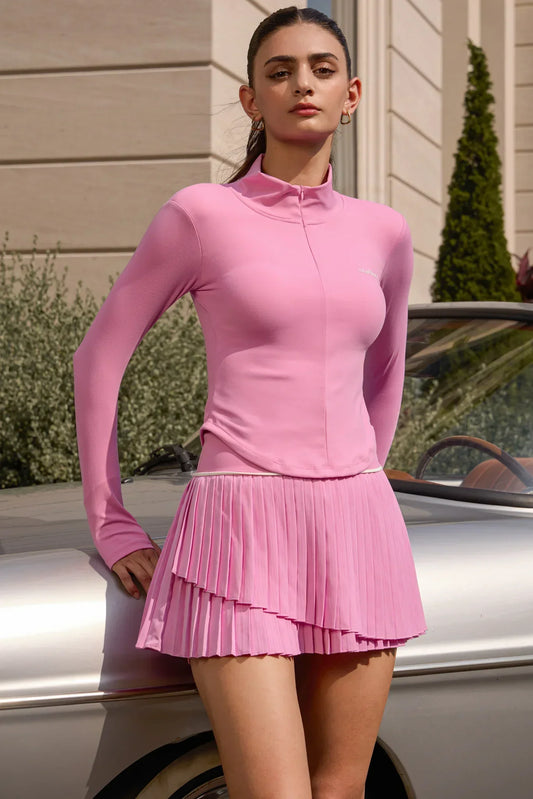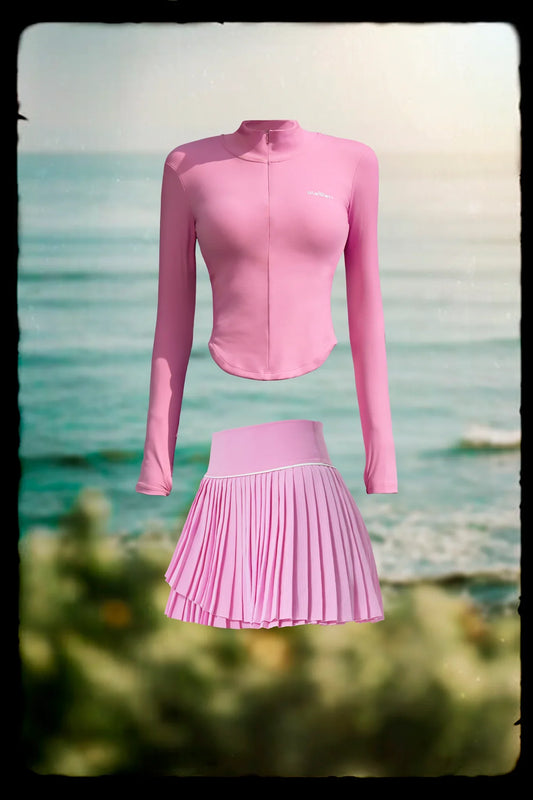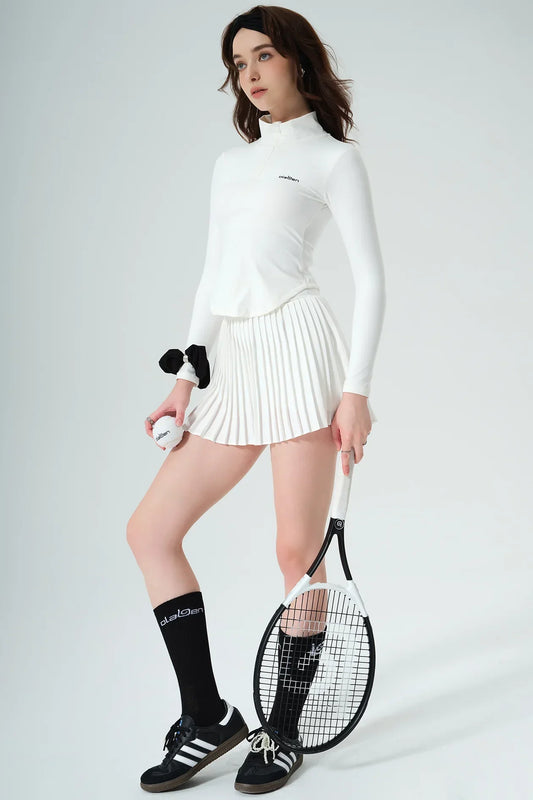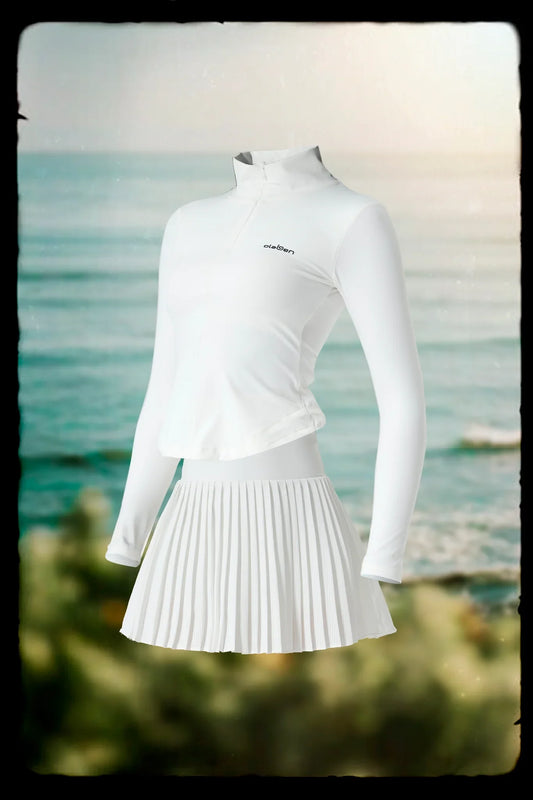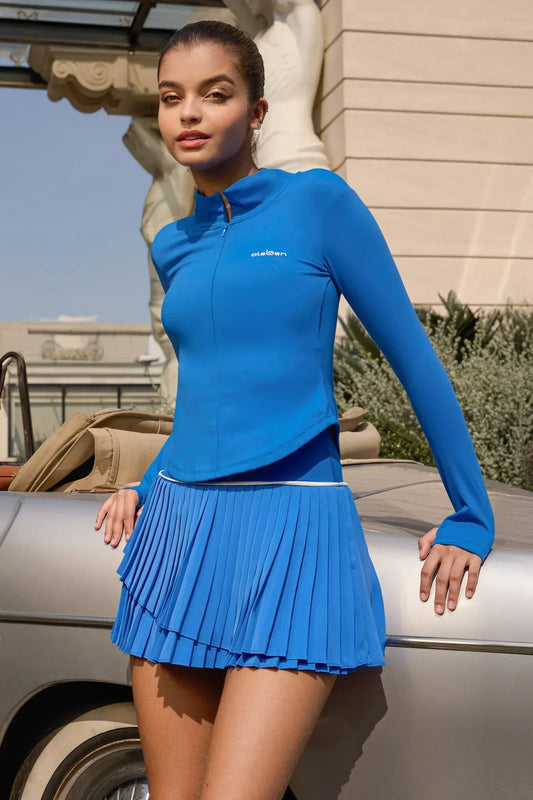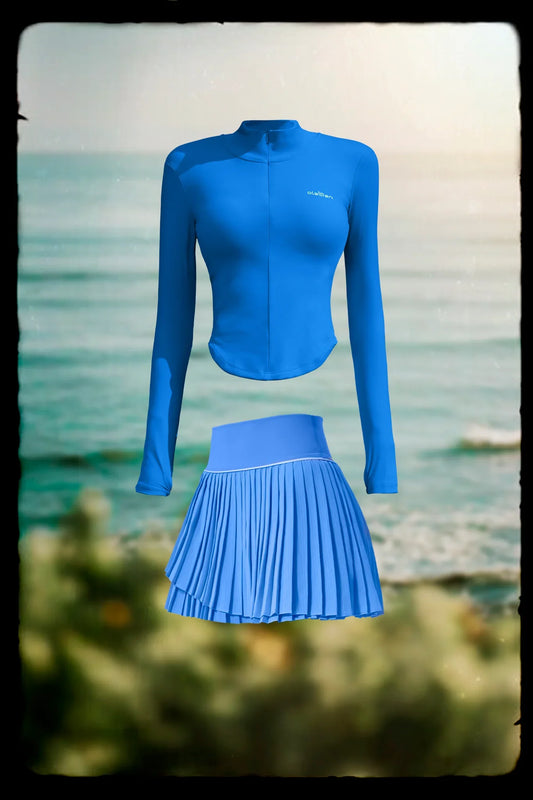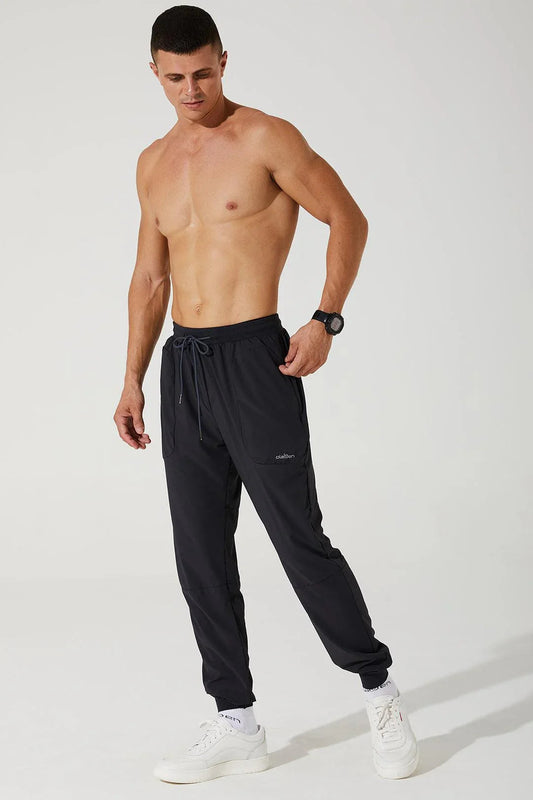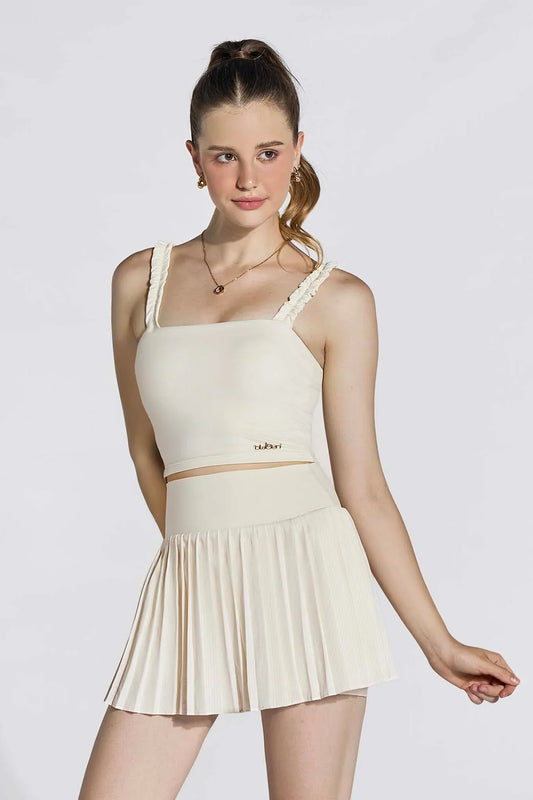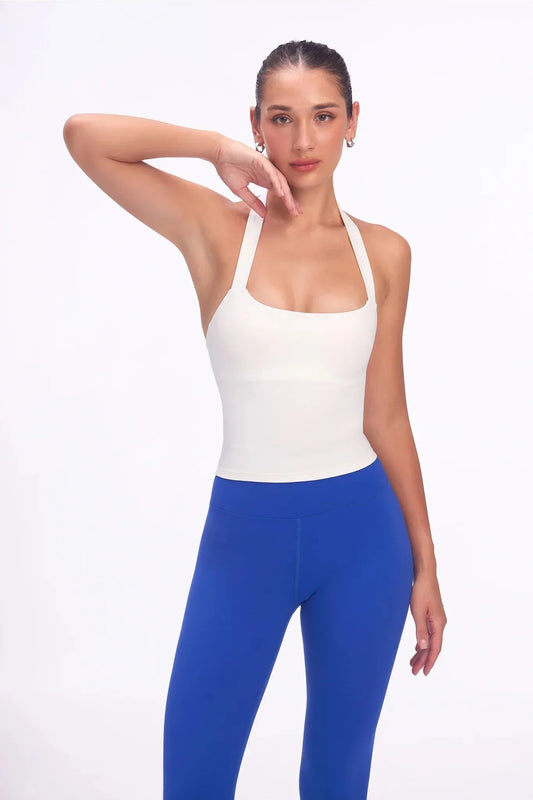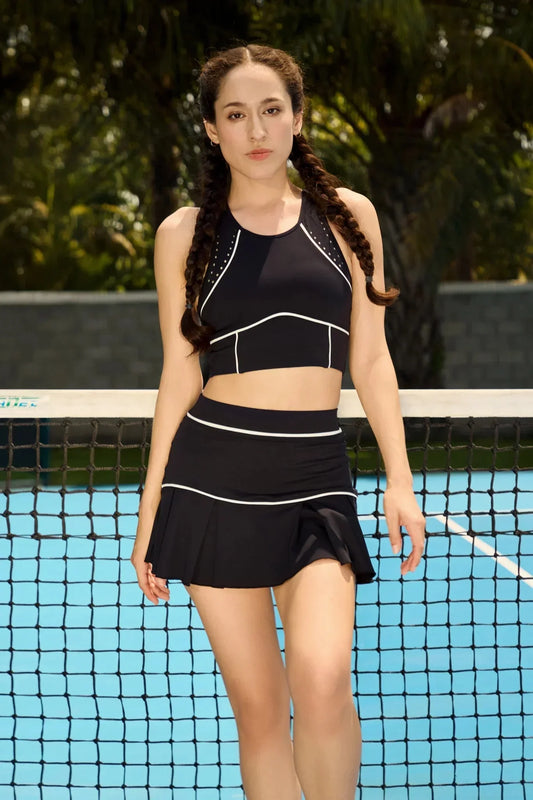Dù bạn đang sải bước trên những con đường ẩm ướt buổi sớm hay chinh phục những cung đường gió thổi mạnh, việc sở hữu một chiếc áo khoác chạy bộ phù hợp có thể quyết định chất lượng buổi chạy của bạn. Tuy nhiên, với quá nhiều kiểu dáng, chất liệu và tính năng khác nhau, thật dễ để tự hỏi: mục đích của áo khoác chạy bộ là gì, và làm thế nào để chọn được chiếc áo phù hợp nhất với nhu cầu của mình?
Bài viết này từ Olaben sẽ giúp bạn hiểu rõ mọi yếu tố — từ chất liệu, kiểu dáng đến các gợi ý theo điều kiện thời tiết — để bạn có thể tìm thấy chiếc áo hoàn hảo cho mọi hoàn cảnh.
Mục Đích Của Áo Khoác Chạy Bộ Là Gì?
Áo khoác chạy bộ được thiết kế nhằm bảo vệ cơ thể khỏi các yếu tố thời tiết đồng thời duy trì sự thoải mái và linh hoạt khi vận động. Không giống như các loại áo khoác thông thường, áo chạy bộ được làm từ chất liệu nhẹ, thoáng khí và có độ co giãn cao, giúp bạn di chuyển dễ dàng mà không bị nóng bức.
Những mục đích chính của áo khoác chạy bộ bao gồm:
- Bảo vệ khỏi thời tiết: Chống lại gió, mưa và lạnh.
- Điều hòa nhiệt độ: Giữ cân bằng thân nhiệt mà không bị bí hơi.
- Thoải mái và linh hoạt: Thiết kế để chuyển động cùng bạn, không gây cản trở.
- Tăng khả năng quan sát: Thường có chi tiết phản quang giúp an toàn khi chạy trong điều kiện thiếu sáng.
Chọn sai áo — quá nặng, không thoáng khí hoặc không vừa vặn — có thể khiến bạn bị nóng, khó chịu và giảm hiệu suất chạy. Ngược lại, một chiếc áo khoác phù hợp sẽ giúp bạn luôn khô ráo, thoải mái và tập trung vào từng bước chạy.

Các Loại Áo Khoác Chạy Bộ
Mỗi loại áo khoác mang một công dụng riêng, phù hợp với điều kiện thời tiết và phong cách chạy khác nhau:
| Loại áo | Phù hợp nhất cho | Đặc điểm nổi bật |
| Áo khoác chống thấm nước | Trời mưa lớn, chạy mùa đông | Chất liệu Gore-Tex hoặc eVent, đường may ép, nắp chống bão |
| Áo khoác chống nước nhẹ | Mưa phùn, sương mù | Lớp phủ DWR, vải thoáng khí |
| Áo khoác chống gió | Trời nhiều gió hoặc lạnh | Vải dệt chặt, khả năng giữ nhiệt |
| Áo khoác có lớp lót cách nhiệt | Buổi sáng mùa đông lạnh | Lót nỉ hoặc sợi tổng hợp giúp giữ ấm |
| Áo khoác siêu nhẹ/dễ gấp gọn | Thời tiết ôn hòa hoặc thay đổi thất thường | Nhẹ, dễ nén, tiện mang theo |
Làm Thế Nào Để Chọn Áo Khoác Chạy Bộ Phù Hợp?
Khi chọn áo khoác chạy bộ, hãy tập trung vào 5 yếu tố quan trọng: chất liệu, khả năng chống thời tiết, độ vừa vặn, trọng lượng và độ an toàn khi chạy.
1. Chất Liệu Và Khả Năng Thoáng Khí
Hãy chọn những chất liệu có khả năng thấm hút mồ hôi và thoát hơi tốt.
- Chất liệu tốt nhất: Polyester, nylon hoặc sợi polyamide cao cấp.
- Mẹo nhỏ: Hãy tìm những mẫu có lớp lưới thông gió hoặc lưng thoáng khí để tăng khả năng làm mát trong các buổi chạy cường độ cao.

2. Khả Năng Chống Thời Tiết Và Giữ Nhiệt
Hãy lựa chọn áo phù hợp với khí hậu nơi bạn sống:
- Chống nước nhẹ: Phù hợp khi chạy trong mưa nhỏ.
- Chống thấm nước: Dành cho mưa lớn — nên chọn áo có công nghệ GORE-TEX hoặc đường may ép kín.
- Có lớp lót cách nhiệt: Lý tưởng cho thời tiết lạnh, giúp giữ ấm cơ thể.
3. Độ Vừa Vặn Và Thoải Mái
Một chiếc áo vừa vặn sẽ ôm cơ thể như lớp da thứ hai — đủ chặt để cản gió nhưng vẫn linh hoạt khi cử động.
- Ưu tiên áo có tay áo thiết kế cong, phần vải co giãn và gấu áo có thể điều chỉnh.
- Tránh áo quá rộng, dễ bay hoặc hạn chế cử động tay.
4. Trọng Lượng Và Tính Dễ Gấp Gọn
Nếu bạn thường chạy trong điều kiện thời tiết thay đổi, hãy chọn áo khoác nhẹ, có thể gấp gọn để mang theo tiện lợi.
- Phù hợp cho những buổi chạy dài hoặc leo núi khi thời tiết thất thường.
- Áo khoác nhẹ giúp giảm mệt mỏi mà vẫn đảm bảo hiệu suất.
5. Khả Năng Quan Sát Và Chi Tiết Phản Quang
An toàn là yếu tố hàng đầu — đặc biệt khi chạy sáng sớm hoặc chiều tối.
- Chọn áo có dải phản quang, logo phản sáng hoặc chi tiết 360 độ.
- Màu sáng như vàng neon hoặc cam giúp bạn nổi bật hơn vào ban ngày.

Kết Luận
Vậy, mục đích của áo khoác chạy bộ là gì? Cốt lõi, áo khoác chạy bộ được thiết kế để bảo vệ cơ thể khỏi tác động thời tiết, nâng cao hiệu suất và giữ bạn luôn thoải mái trong từng bước chạy — dù là trời nắng, mưa hay gió lạnh.
Còn làm thế nào để chọn được chiếc áo phù hợp? Hãy chú ý đến sự cân bằng giữa chất liệu, độ vừa vặn, khả năng chống thời tiết và độ an toàn — những yếu tố giúp bạn tự tin di chuyển mà vẫn khô ráo, nhẹ nhàng.
Tại Olaben, cả áo khoác chạy bộ nữ và áo khoác chạy bộ nam đều được thiết kế tỉ mỉ với chất liệu nhẹ, thoáng khí và thích ứng với mọi điều kiện thời tiết, giúp nâng tầm trải nghiệm chạy của bạn. Dù là buổi chạy sáng sớm trong công viên hay buổi tập luyện ngoài trời đầy thử thách, áo khoác Olaben sẽ luôn giữ bạn thoải mái, khô ráo và sẵn sàng chinh phục mọi chặng đường.


